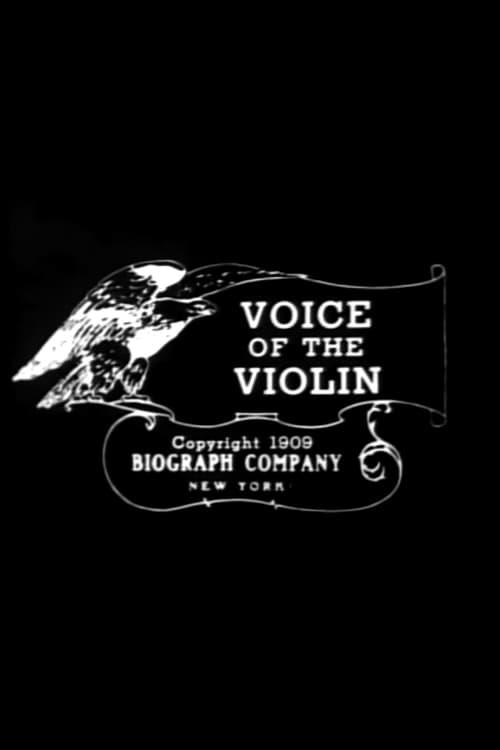LGM Film Club, Part 210: The Voice of the Violin

The reason D.W. Griffith was a great filmmaker isn’t that he had a great moral message, though he most certainly thought of himself as a liberal. Being a pro-Confederate liberal wasn’t exactly impossible in 1915. Hell, many, many FDR appointees during the New Deal were personally involved in anti-Black violence. It’s that Griffith found ways to convey language and ideas on film that others had previously found impossible. That’s why I find his 1909 film, Voice of the Violin, so irresistible. How do you describe political ideology on film without having access to words? The answer, in the case of this anarchist sect portrayed here, is through hand signals that demonstrate that after the revolution, there will be no high and no low but rather everyone will be equal. Thus, the capitalist deserves to die. SPOILER ALERT: the capitalist does not die and there is a happy ending. This is hardly surprising. But as a film that moves forward the language of political film in very real ways and one of the only attempts to portray anarchism and political violence with any reason at all during the silent years.
